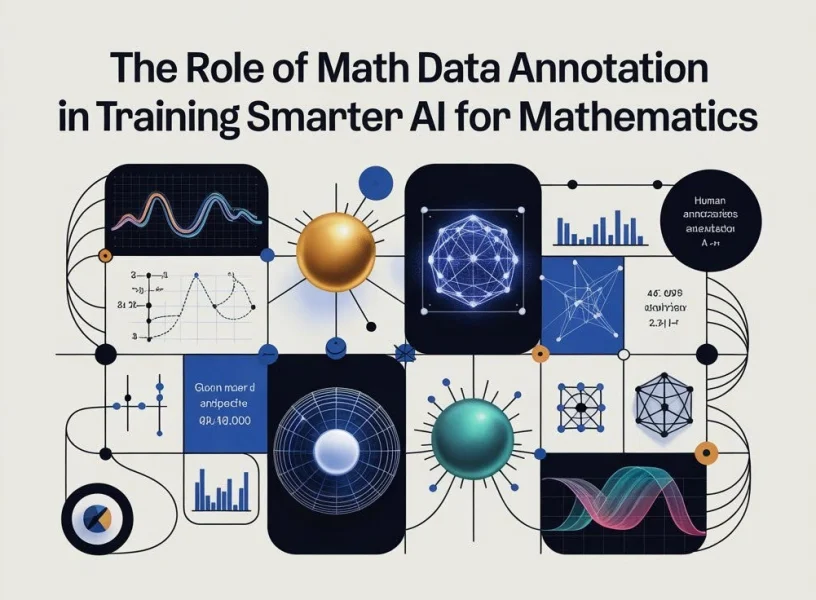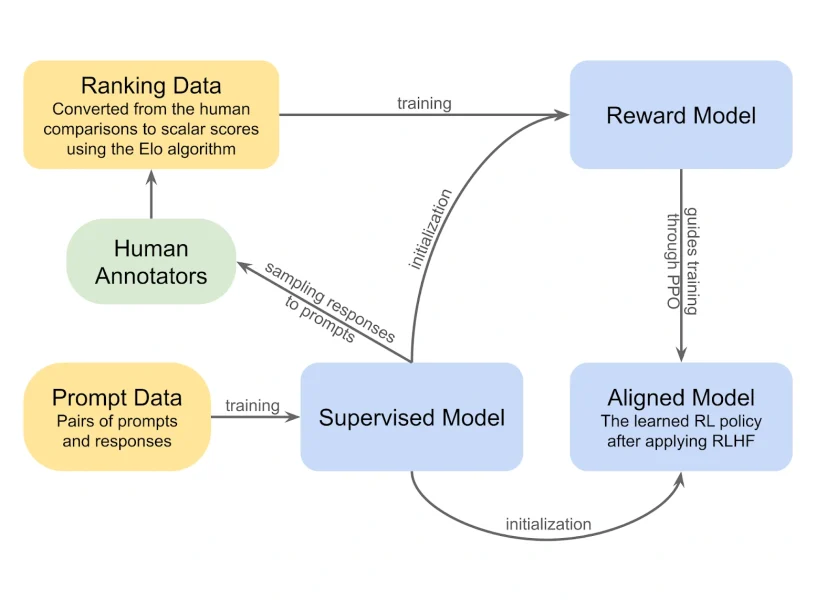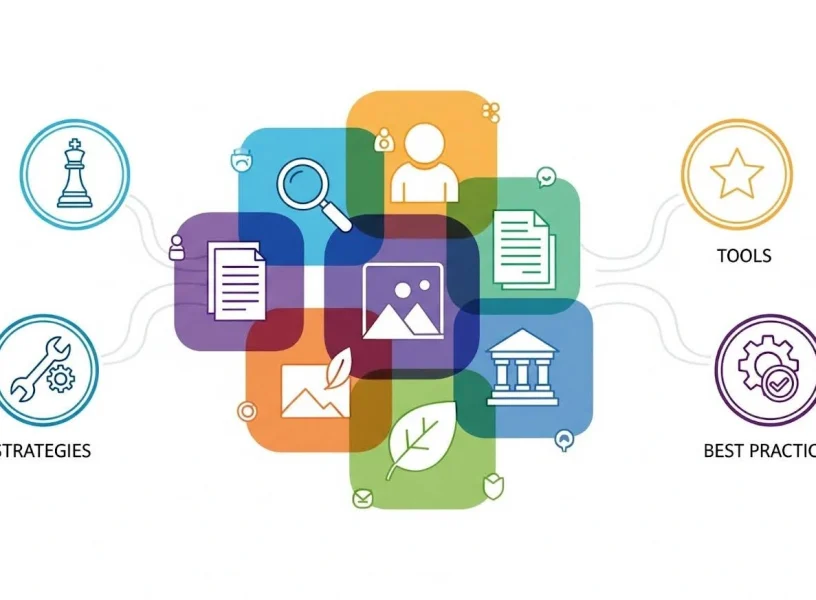Building and
Training AI Agents
We design, build, and deploy agentic AI workflows to cut operational costs, accelerate processes, and boost output. Our task-specific video training pipelines fine-tune agents for consistent, high-quality performance.
AI Data Annotation
& Model Fine-Tuning
We deliver world-class data annotation and model fine-tuning for GenAI and AGI, providing domain specialists, RLHF, red teaming, alignment and validation to ensure high-quality, production-ready datasets across computer vision, audio, LiDAR, and sensor fusion.
Global Reach,
World-Class AI Solutions
With operations across Africa, Europe, and Asia, we tap into top global talent to deliver comprehensive AI consulting – from data collection and annotation to model development and deployment – solving real-world challenges with innovation and expertise.
Delivering
Excellence in AI Development
Partner with a full-service AI consulting firm delivering end-to-end solutions – from data collection to model deployment. Precision, expertise, and global impact – experience excellence in AI development with us.
Organisations that trust us
Services
We provide premium services across the entire AI value chain

Data Annotation
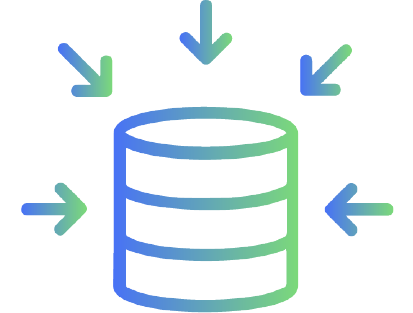
AI Data Acquisition Services
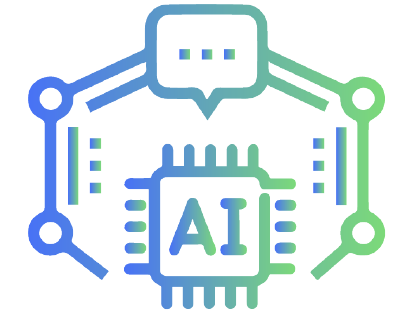
AI Consulting Services
Generative AI Services
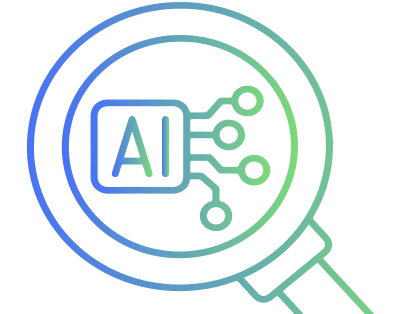
Agentic AI Services
Products
Our home-grown AI products have been built to solve global issues


Selected Case Studies
We help businesses of all sizes effectively navigate their AI journey.
Advanced Retail Security Through AI
AI Drones Transform Palm Farming
AI Powers Smarter Forest Growth
AI Revolutionises Oil Palm Farming
AI Transforms Underperforming Farm Operations
AI-Powered Maize Disease Detection
Digital Health Records Drive Care
E-Scooter Detection for Autonomous Vehicles
Expert Medical Image Data Labeling
How AI is Preserving Cemeteries and Heritage Sites
Infrastructure Damage Detection Made Precise
Local Language AI Support
Organising Fashion for the AI Era
Police Radio Transcription At Scale
Satellite Analysis for Environmental Protection
Secure 3D Medical Data Annotation Solutions
Smart Cocoa Monitoring Takes Flight
Smart Data Transforms Strawberry Harvesting
Smart Soil Data Drives Sales
Transforming Navigation for the Blind and Low-Vision Community
Vehicle Damage Detection Speeds Claims
What Our Clients Say About Us









The Aya Advantage
1/ Exceptional Customer ExperienceExceptional Customer Experience
Unwavering Quality
Unparalleled Subject Matter Expertise
Solving AI Challenges Across Every Industry
We help businesses of all sizes across a wide range of industries implement AI solutions
Featured News and Insights
Enjoy featured articles and insights from our experts.
The Role of APIs in Democratizing Access to AI Technologies
The Role of Math Data Annotation in Training Smarter AI for Mathematics
The Complete Guide to RLHF Services: Implementation, QA, and Model Optimization for Custom AI
A Practical Guide to Overlapping Image Annotation: Strategies, Tools, and Best Practices
The Future of AI Red Teaming: Challenges, Trends, and What’s Next
Building Your AI Red Teaming Strategy: From Safety Policies to Tool Selection
Simplify Your AI Development Today!
Do you need help with Data Acquisition, Data Annotation or building a custom AI model? Aya Data is ready to partner with you. Talk to us today!
we are compliant with

















